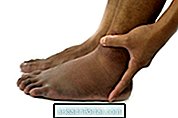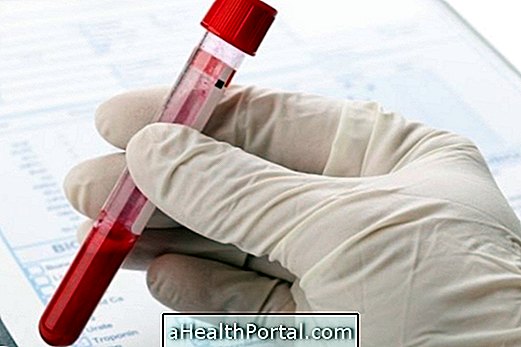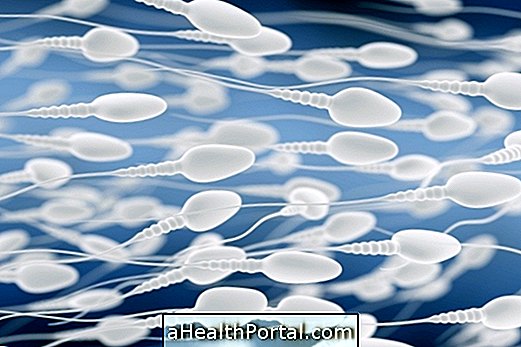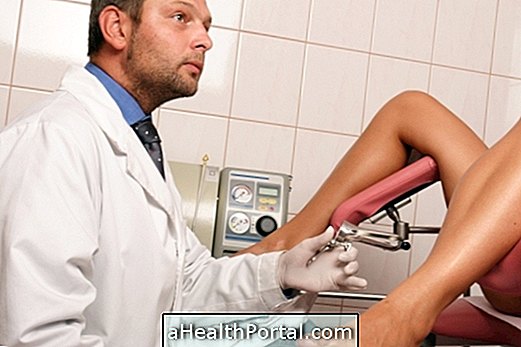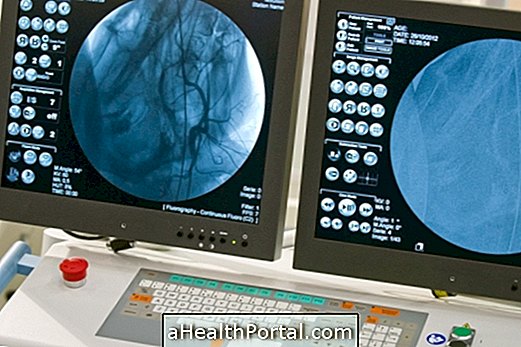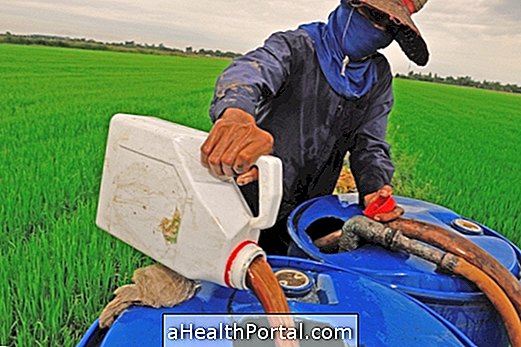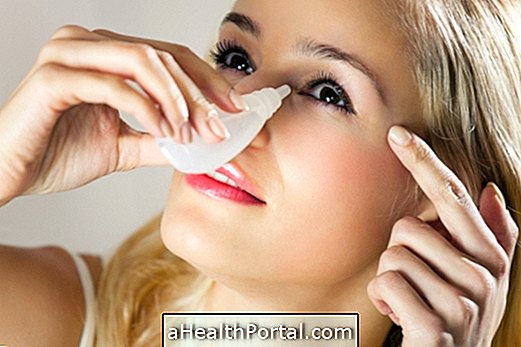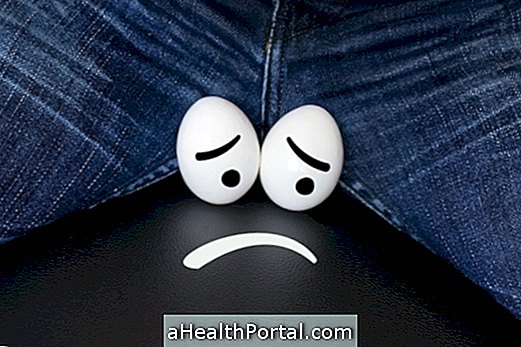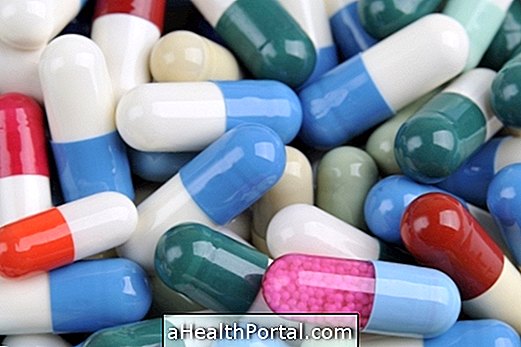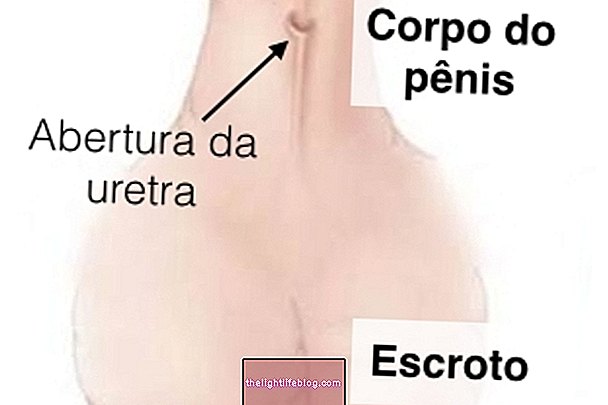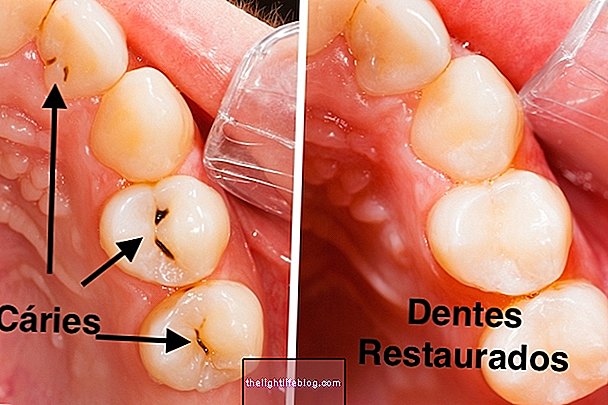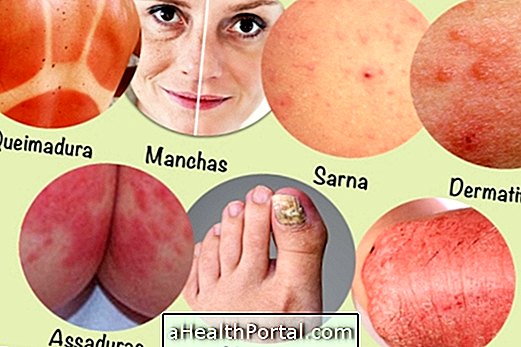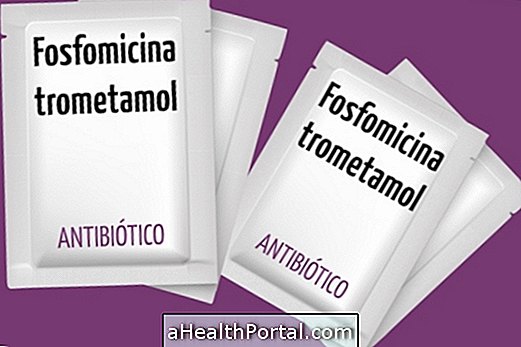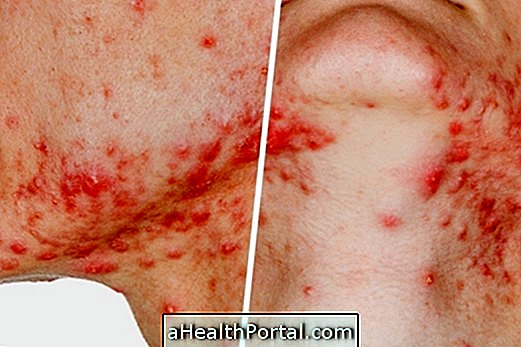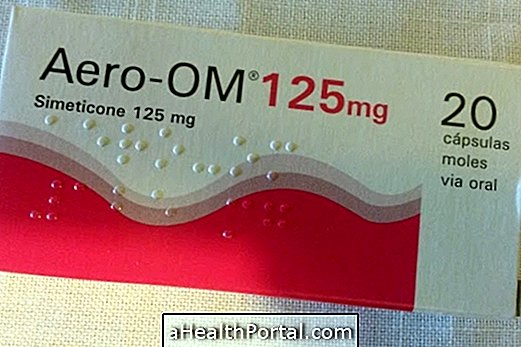Estrone, also known as E1, is one of three types of the estrogen hormone, which also includes estradiol, or E2, and estriol, E3. Although estrone is the type that is least in the body, it is one of the most active in the body and therefore its evaluation may be important in assessing the risk of some diseases.
For example, in postmenopausal women, if estrone levels are higher than those of estradiol or estriol, there may be an increase in cardiovascular risk and even the development of some types of cancer.
Thus, this examination can still be requested by the doctor when estrogen hormone replacement is done, to evaluate the balance between the 3 components, ensuring that it is not contributing to the emergence of any disease.
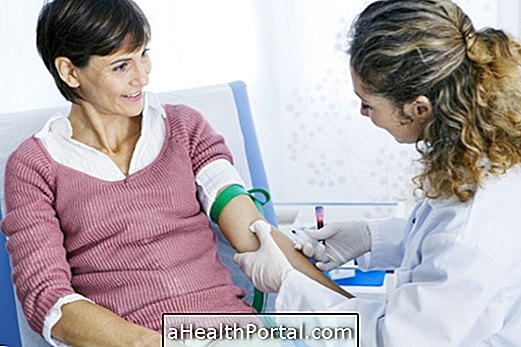
What is it for
This test may help the doctor identify problems that already exist or assess the risk of developing any disease that is related to estrone levels. Therefore, this test is often asked in women to:
- To confirm the diagnosis of precocious or delayed puberty;
- To evaluate the risk of fracture in postmenopausal women;
- Evaluate doses during hormone replacement therapy;
- Monitor anti-estrogen treatment in cancer cases, for example;
- Evaluate the functioning of the ovaries, in case of assisted reproduction.
In addition, the estrone test can also be ordered in men to assess traits of feminization such as breast growth, known as gynecomastia, or even to confirm the diagnosis of estrogen-producing cancer.
How is the exam done?
The estrone test is done with a simple blood collection through needle and syringe directly into the vein, so it needs to be done in the hospital or in clinical testing clinics.
What preparation do you need?
There is no specific preparation for the estrone test, but if you are taking any hormone replacement or oral contraceptive pills, your doctor may order the medicine to be taken about 2 hours before the test to reduce the risk cause a false change in values.
What is the reference value of the exam
The reference values for the estrone test vary according to the age and sex of the person:
1. In boys
| Middle Ages | Reference value |
| 7 years | 0 to 16 pg / mL |
| 11 years | 0 to 22 pg / mL |
| 14 years | 10 to 25 pg / mL |
| 15 years | 10 to 46 pg / mL |
| 18 years | 10 to 60 pg / mL |
2. In girls
| Middle Ages | Reference value |
| 7 years | 0 to 29 pg / mL |
| 10 years | 10 to 33 pg / mL |
| 12 years | 14 to 77 pg / mL |
| 14 years | 17 to 200 pg / mL |
3. Adults
- Men : 10 to 60 pg / mL;
- Premenopausal women : 17-200 pg / mL
- Postmenopausal women : 7 to 40 pg / mL
What does the test result mean?
The result of the estrone test should always be evaluated by the doctor who requested it, as the diagnosis varies greatly according to the age and sex of the person being evaluated.
